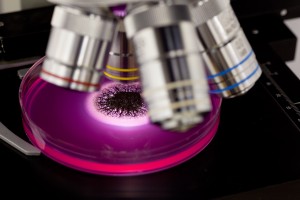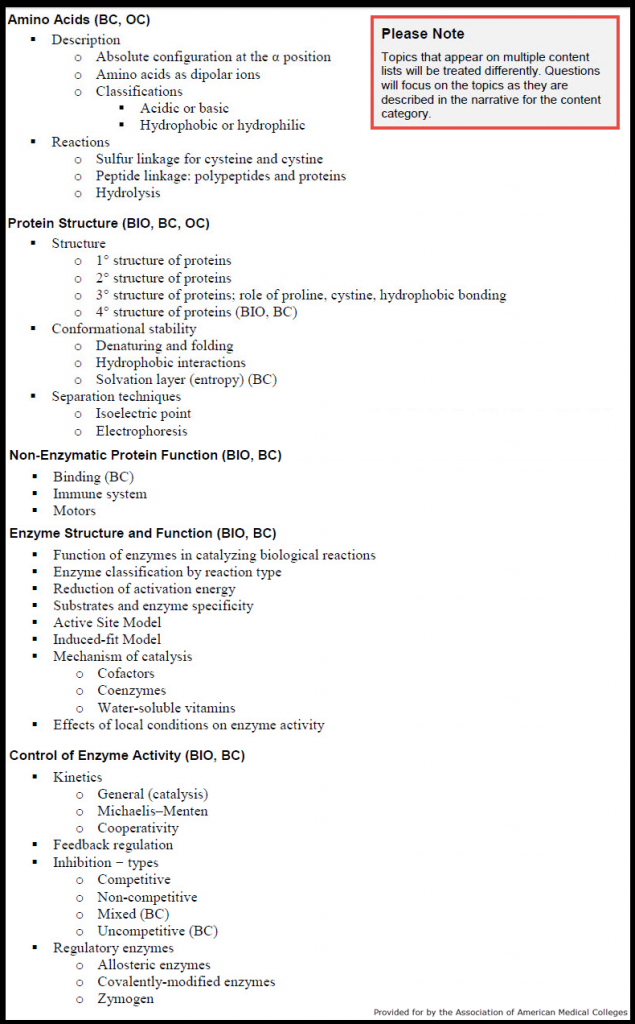
Foundational concept 1 of the Biological and Biochemical Foundations of Living Systems section of the MCAT exam focuses on the unique chemical and structural properties of biomolecules that determine the roles they play in cells. This foundational concept section is broken down into four content categories. Category 1A primarily focuses on the structural and functional complexity of proteins. Continue reading below for a complete overview of category 1A.
Overview of Category 1A
Content category 1A of the Biological and Biochemical Foundations of Living Systems section of the MCAT zeroes in on the structure and function of proteins and their constituent amino acids. Macromolecules that are created from amino acids adopt clear and three-dimensional structures with specific chemical properties that are responsible for their participation in nearly every process that occurs both within and between cells. The 3D structure of proteins is directly attributed to the native of the sequence of amino acids, their properties both chemical and physical, and the way that the entire assembly interacts with water.
The content in category 1A covers a wide range of protein behaviors that derive from the specific chemistry of amino acids. You can expect to answer questions regarding protein structural elements as well as amino acid classifications. There is also special emphasis placed on enzyme catalysis, mechanistic considerations, regulation, kinetics, and models of enzyme-substrate interaction.
Here is a complete illustration of all the topics and subtopics that are featured in category 1A:
It’s important to note that the preceding information should be used as a guide and not viewed as an exact replica of what you will see on the MCAT. You can get more information by speaking with faculty members or pre-med advisors. They can generally provide you with detailed explanations specific to your unique situation.

